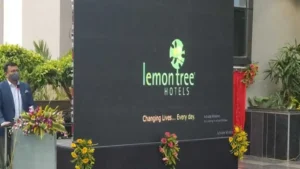On August 15 of this year, former prime minister Atal Bihari Vajpayee will have been announcing the Chandrayaan program for 20 years. India hopes that its failure-based design strategy and rigorous testing on C3 will guarantee a successful mission and a future expanded lunar exploration program.
Chandrayaan-3 (C3), India’s upcoming lunar mission, will be launched using the Geosynchronous Satellite Launch Vehicle Mk III (LVM-3). To ensure that this mission succeeds where Chandrayaan-2 (C2) failed, the Indian Space Research Organisation (ISRO) has made a number of adjustments to the mission profile and improved the robustness of the spacecraft modules.
The C2 was launched in July 2019 to investigate the south pole of the moon, where instruments on Chandrayaan-1 (C1) discovered water deposits in the form of water ice. In order to conduct in-situ research on the lunar surface and subsurface and further validate these conclusions, the C2 carried a lander and a rover. The design of upcoming human lunar missions envisioned by major spacefaring nations like the United States (2025) and China (2030) depends on these mineralogical studies.
Future missions will involve longer stays on the moon than the Apollo missions, which lasted only a few days. The moon is also thought of as a rest stop en route to Mars. The extraction is necessary for these mission architectures and the use of lunar minerals, such as water, for fuel for rockets (hydrogen) and human consumption (oxygen).
The possibility of commercial space resource ownership and extraction has increased competition between the major powers to launch challenging lunar missions at this time. By launching the Chang’e series of robot moon missions, China has taken the lead in this oncoming space race.





